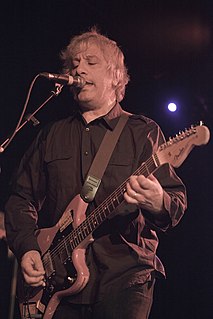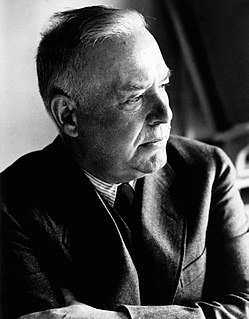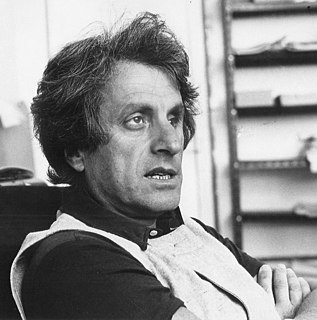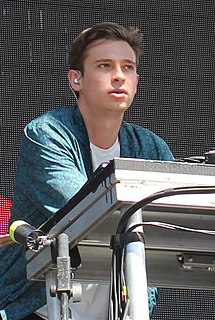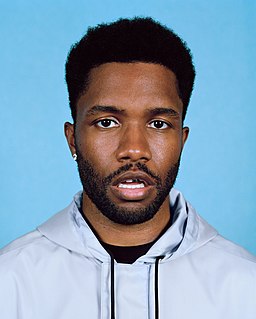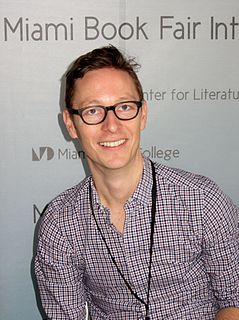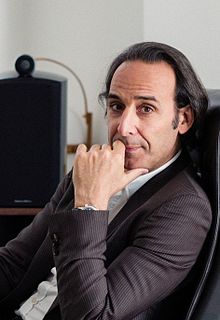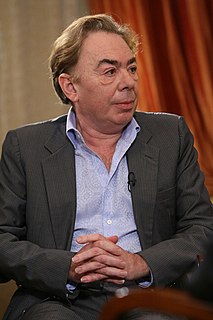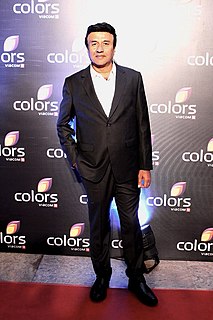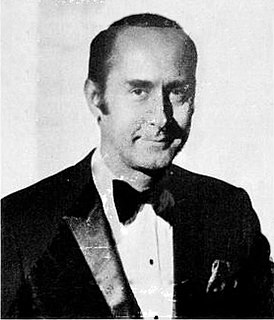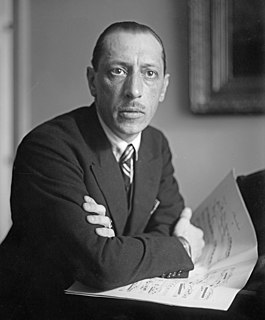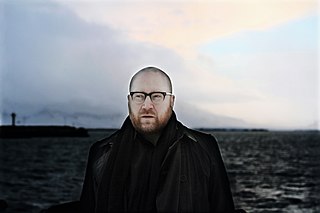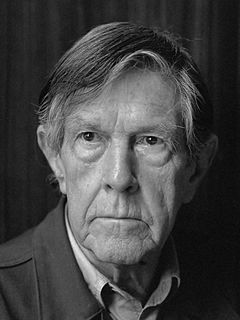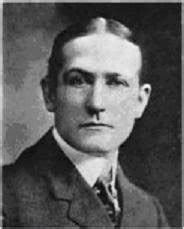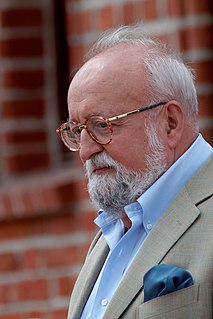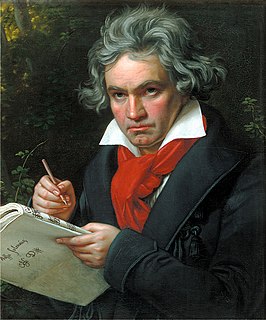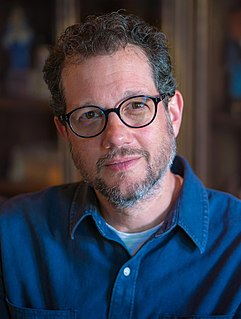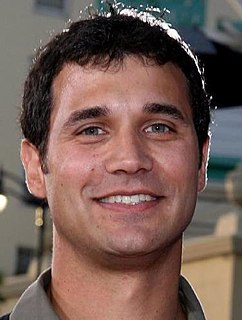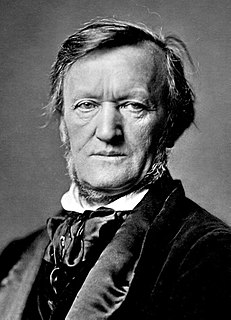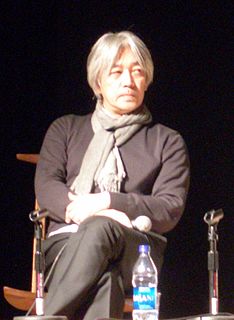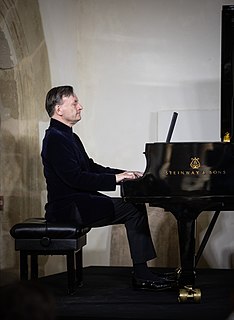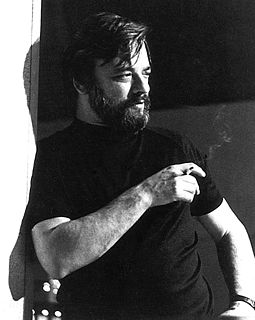A Quote by Pauline Oliveros
I wrote my sonic meditations and started using them with students. I took a bunch of UCSD students out to Joshua Tree and we did the sonic meditations on the boulders.
Related Quotes
A line runs from the meditations of the heart to the words of the mouth. The meditations are not clear to us until the mouth utters its words. If what the mouth utters is unclear or foolish or mendacious, it must be that the meditations are the same. But the line runs both ways. The words of the mouth will become the meditations of the heart, and the habit of loose talk loosens the fastenings of our understanding.


